Post-Construction Runoff
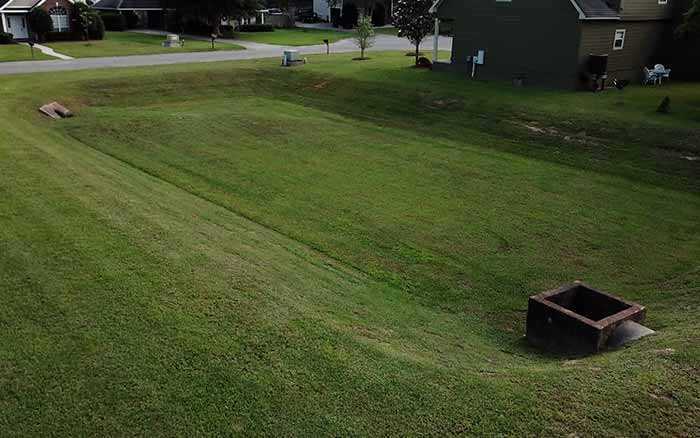
Regularly inspecting and maintaining detention ponds and other post-construction stormwater elements can prevent problems and improve water quality for everyone’s benefit.
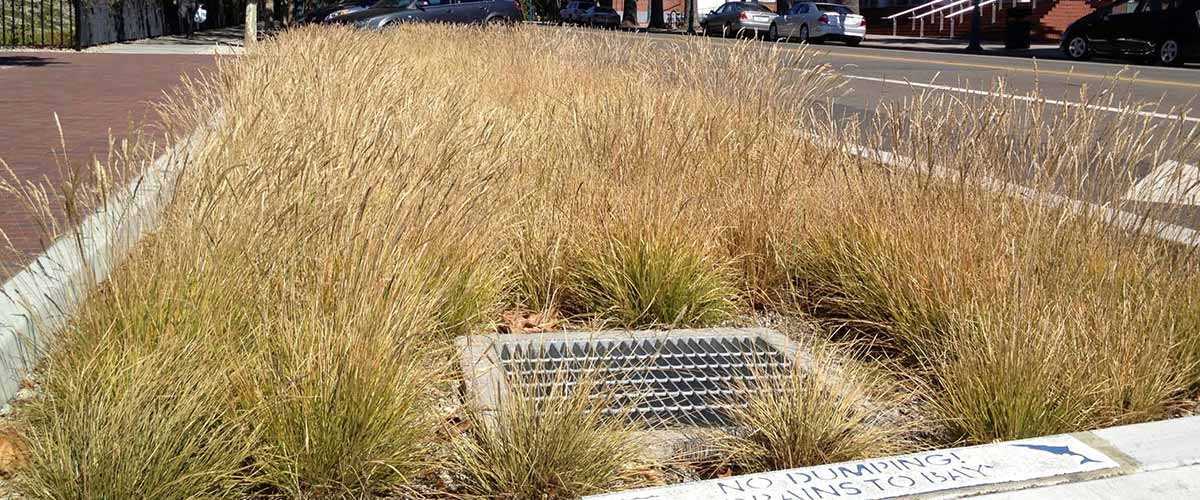
Interest in the need for better management of stormwater runoff in urban and suburban landscapes has increased in recent years. Multiple studies have identified the negative impacts of poorly managed post-construction stormwater on our nation’s waters. As landscapes become more urbanized, there is a corresponding increase in the number of impervious surfaces that limit the ability of stormwater to infiltrate into the ground.
Low impact development minimizes runoff and employs natural processes such as infiltration, evapotranspiration (evaporation and transpiration from plants), and storage of stormwater at multiple fine-scale locations to be as near to the source of stormwater as possible. Successful implementation of LID recreates a more natural hydrologic cycle in a developed watershed.
In some highly urbanized watersheds, as much as 55% of rainfall runs off an urban landscape that is covered by parking lots, roads, and buildings and only 15% of rainfall soaks into the ground. In comparison, a more natural landscape will infiltrate 45% of the rainfall with only 10% running off. The negative environmental impacts of an increase in stormwater runoff and subsequent peak instream flows in developed landscapes leads to increases in its delivery of pollutants such as nutrients, pathogens, metals, and sediment.
Excessive stormwater not only increases flooding but also head cuts and significant stream bank erosion that threatens buildings, roads, and sanitation systems. The suspended sediments can pollute downstream rivers lakes and bays.
Satellite image of Mobile Bay showing sediment plume from D'Olive Creek Watershed
By installing power retention ponds, constructed stormwater wetlands, bioswales, permeable pavement, and other LID elements, not only are physically attractive, but they will also help prevent big problems downstream.
Bioswale in Auburn Alabama
Community research shows that development and neighborhoods designed with LID practices are more desirable and demand a higher asking price than comparable non-LID development.
Bioretention Ponds can be beautiful additions to any landscape.
Planners can support stormwater runoff mitigation by promoting development designs that reduce impervious surfaces and urban sprawl. Communities that do this find that natural features like undeveloped landscapes, vegetation, and buffer zones effectively reduce and filter stormwater flows. There are also additional benefits such as recreation, wildlife habitat, and increased property values.v
LID Workshop, Prichard, AL from AL LID Handbook
Removing barriers to LID in existing codes, including zoning codes, is likely to be a time-consuming process and vary from jurisdiction to jurisdiction. Perceived barriers to implementation of LID measures are often the result of multiple requirements from multiple departments within a municipality. Not all perceived barriers need to be removed from existing codes. It may actually be easier to apply for a variance or use overlay zones to facilitate the implementation of LID practices in both new development and redevelopment projects. As more experience is gained with the implementation of LID, the municipal ordinance could then be modified and updated to be more LID inclusive.
Photo from AL LID Handbook
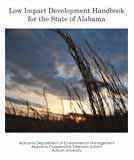
To find out more about how LID can solve your stormwater problems consult the free LID Handbook by ADEM, Alabama Cooperative Extension System, and Auburn University.

The Center is a non-profit national research organization that focuses on sustainable stormwater management solutions for urban and developing areas with design & planning resources, technical assistance, research, and training.

Regularly inspecting and maintaining detention ponds and other post-construction stormwater elements can prevent problems and improve water quality for everyone’s benefit.

MS4 (Municipal Separate Storm Sewer Systems) includes all stormwater pipes, ditches and infrastructure conveying stormwater from developed areas into local rivers and streams.
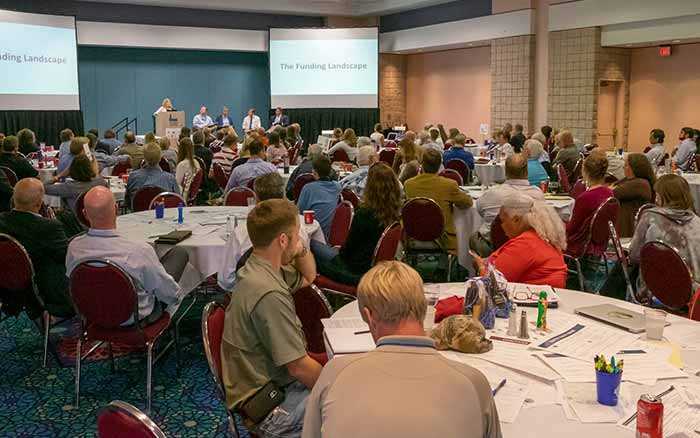
Distribute educational materials and performing outreach to inform citizens about the impacts polluted stormwater runoff discharges can have on water quality.
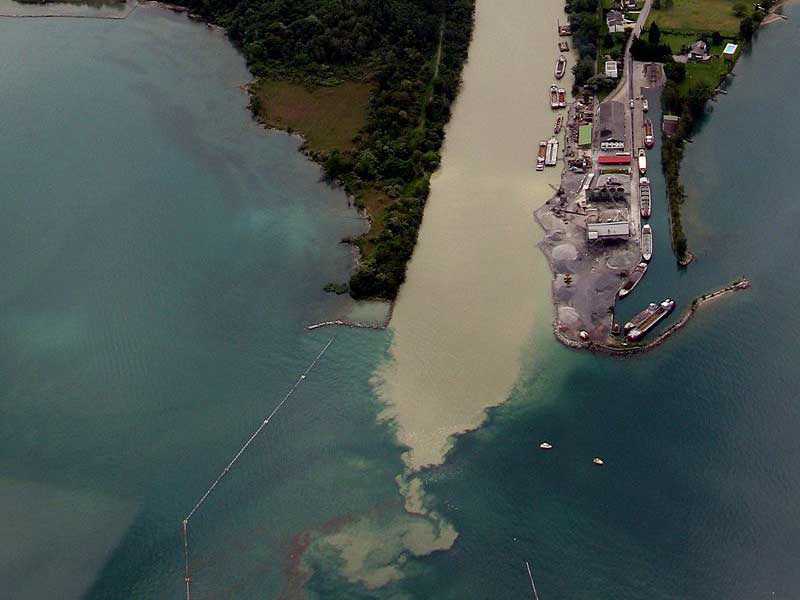
When water rushes off hardened surfaces, erosion of sediments degrade water conditions and smother and disrupt seagrass growth and the habitat for benthic organisms they provide.

Compounds like oil, grease, and heavy metals take a long time to break down and threaten the health of both aquatic and human life.
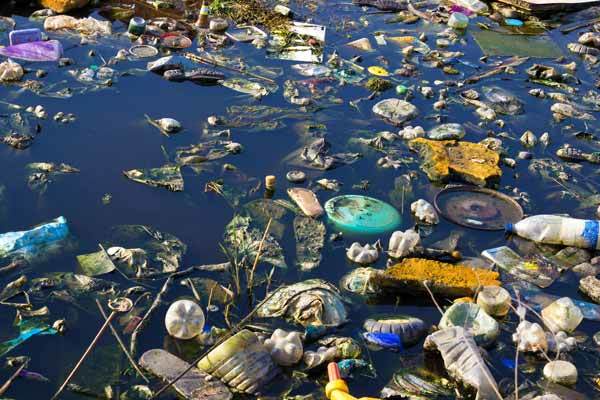
Litter is not only unsightly, but it also causes a variety of problems to the ecosystem as it enters our waters where it is often is mistaken for food by fish and invertebrates.
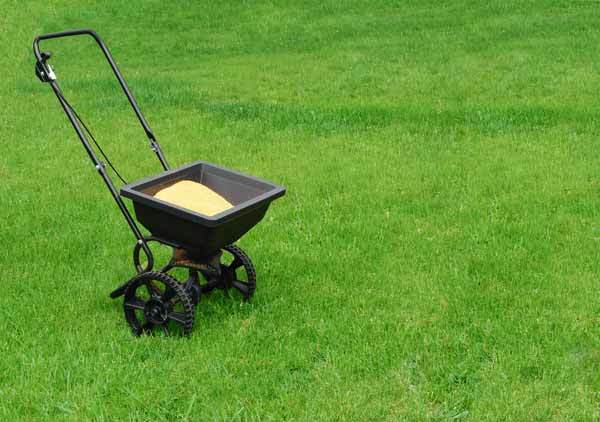
Too much fertilizer, pet waste, and other nutrients in our water often lead to serious problems like lowering dissolved oxygen levels, preventing seagrass growth, and killing fish.
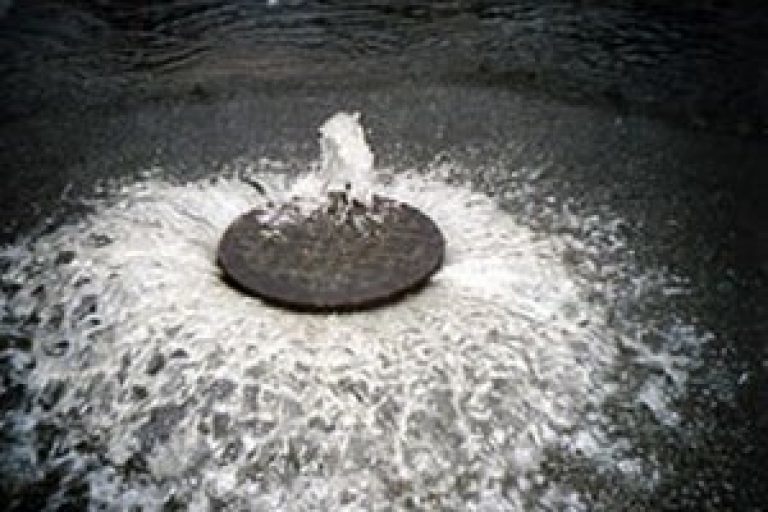
Disease-causing microorganisms, including bacteria, viruses, and other single-celled organisms, are referred to as pathogens, some, like Salmonella, cause human health problems.
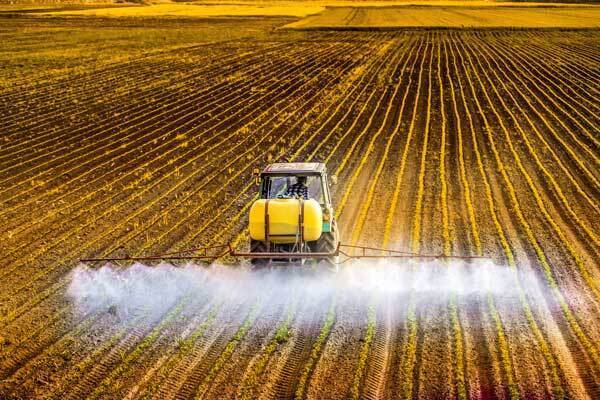
While pesticides are designed to be toxic to certain organisms, they can often be harmful and kill other species in the marine system that are important for the entire ecosystem.